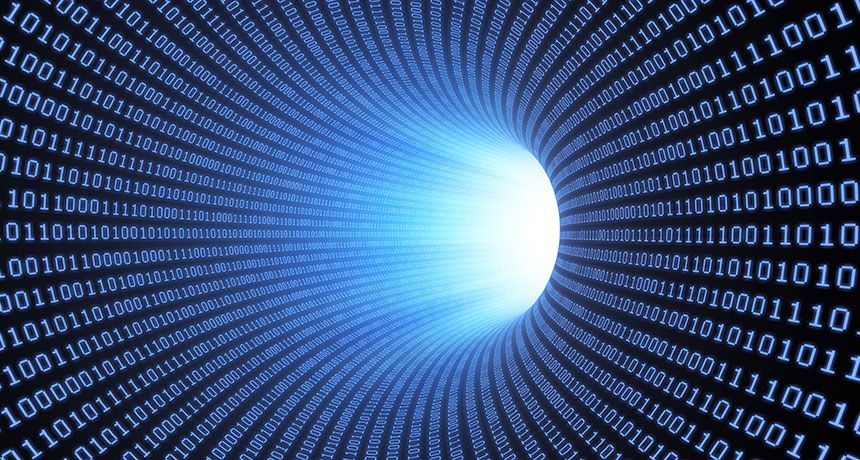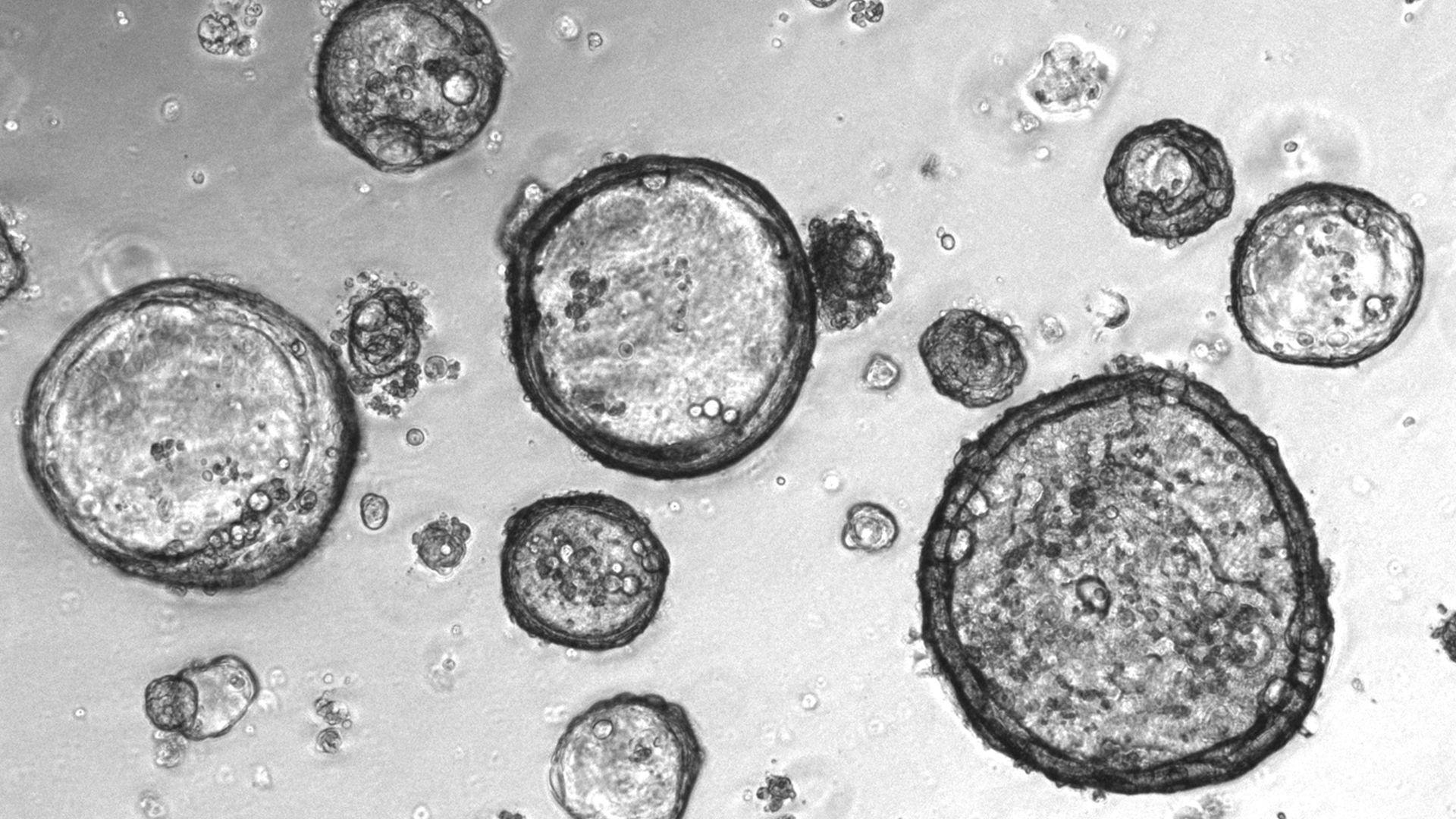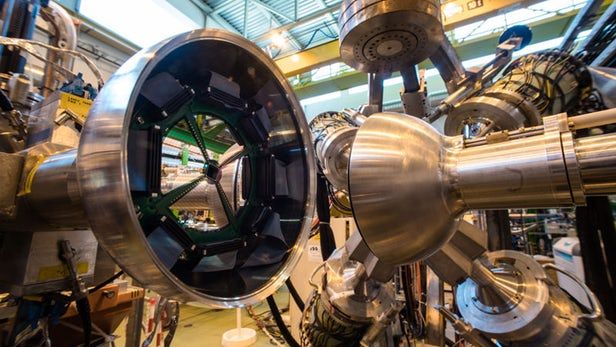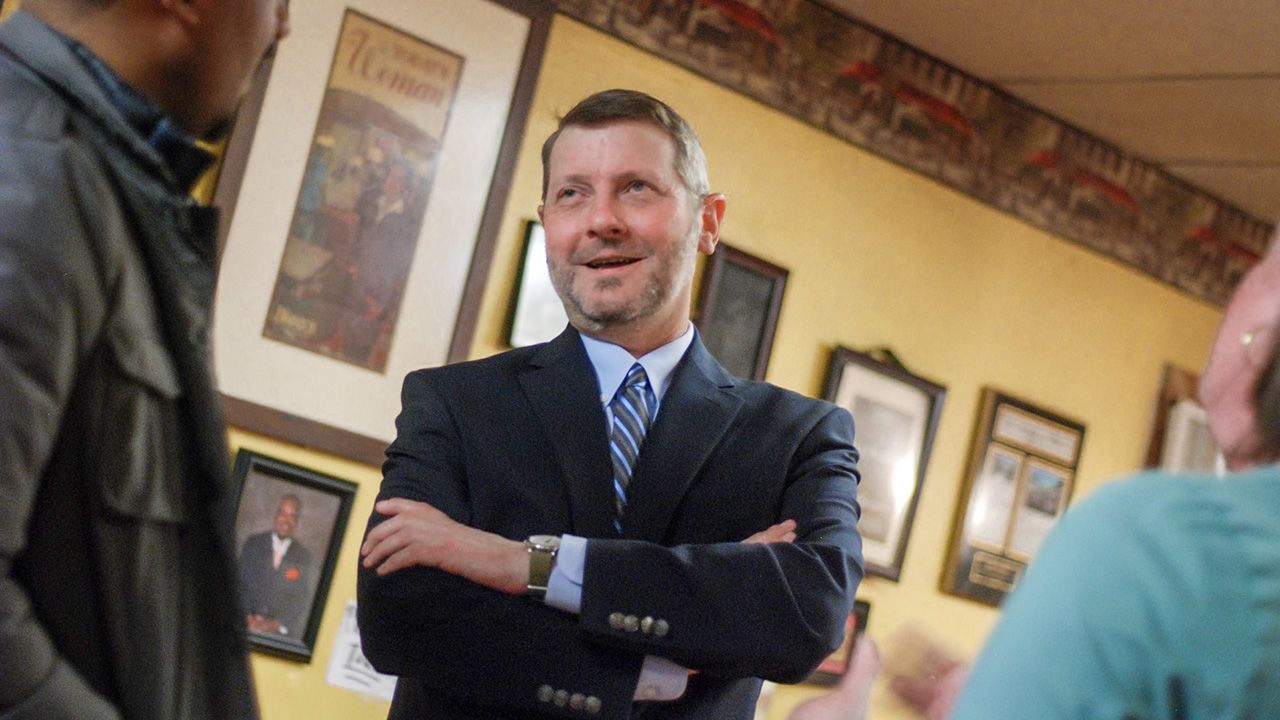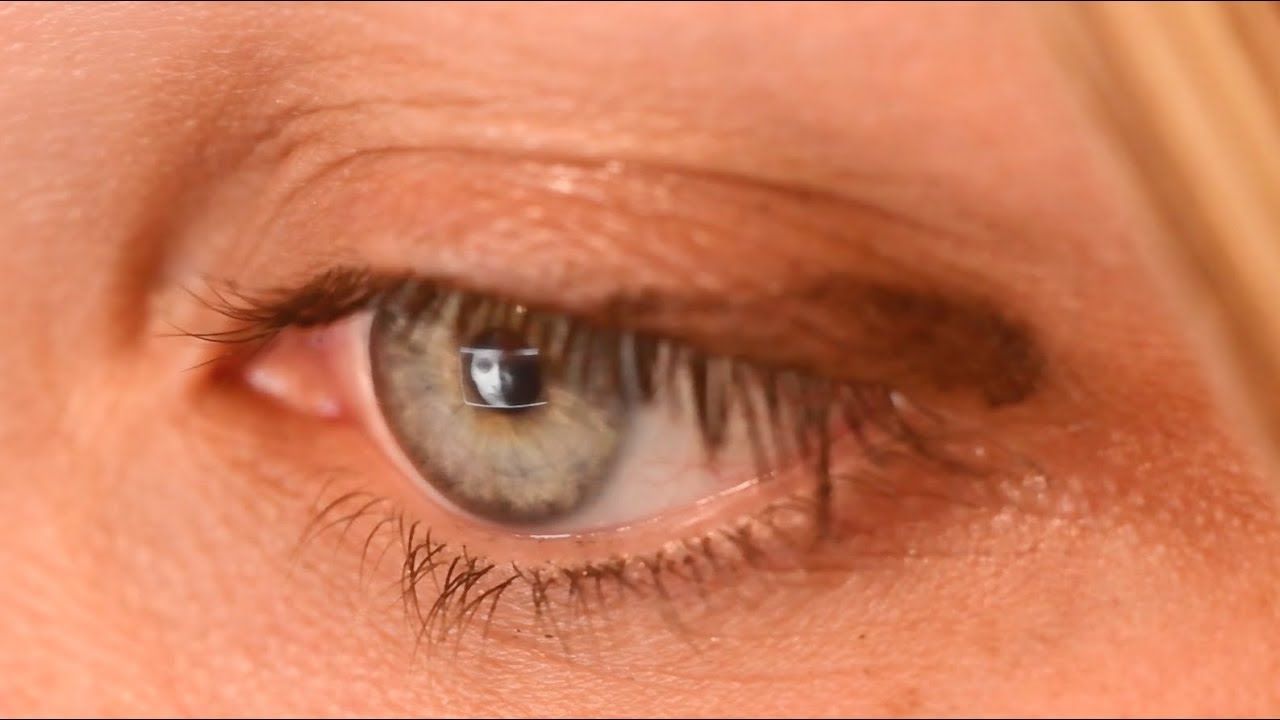Feb 23, 2018
Bigelow Aerospace Reveals Plans For Space Hotels
Posted by Genevieve Klien in category: space travel
The rise of commercial spaceflight companies such as SpaceX and Bigelow Aerospace sparked the age of space tourism as the ultra-wealthy became able to buy a ticket for a rocket ride into space. Of course, there is a huge limit on tourism if there isn’t a place to stay in one’s intended destination, but that’s about to change in space. Bigelow has announced plans to build two space stations that will float in low-Earth orbit. The company has big plans for these space stations and ideas about who might pay to use them. Essentially, the stations will be like orbiting space hotels where astronauts and possibly even tourists might stay one day.
In a press release this week, Bigelow Aerospace announced that it has created a spin-off venture called Bigelow Space Operations, which will operate and manage two space stations that will serve as hotels. The company expects to launch both hotels in 2021, and it’s beginning to work toward building them this year. Bigelow describes the two space stations as “the largest, most complex structures ever known as stations for human use in space.”
The two stations are currently being referred to as B330-1 and B330-2, and they aren’t the only two that Bigelow Space Operations plans to build. The two space stations are inflatable and will provide shelter for up to six people in low-Earth orbit with about 12,000 cubic feet of living space.

